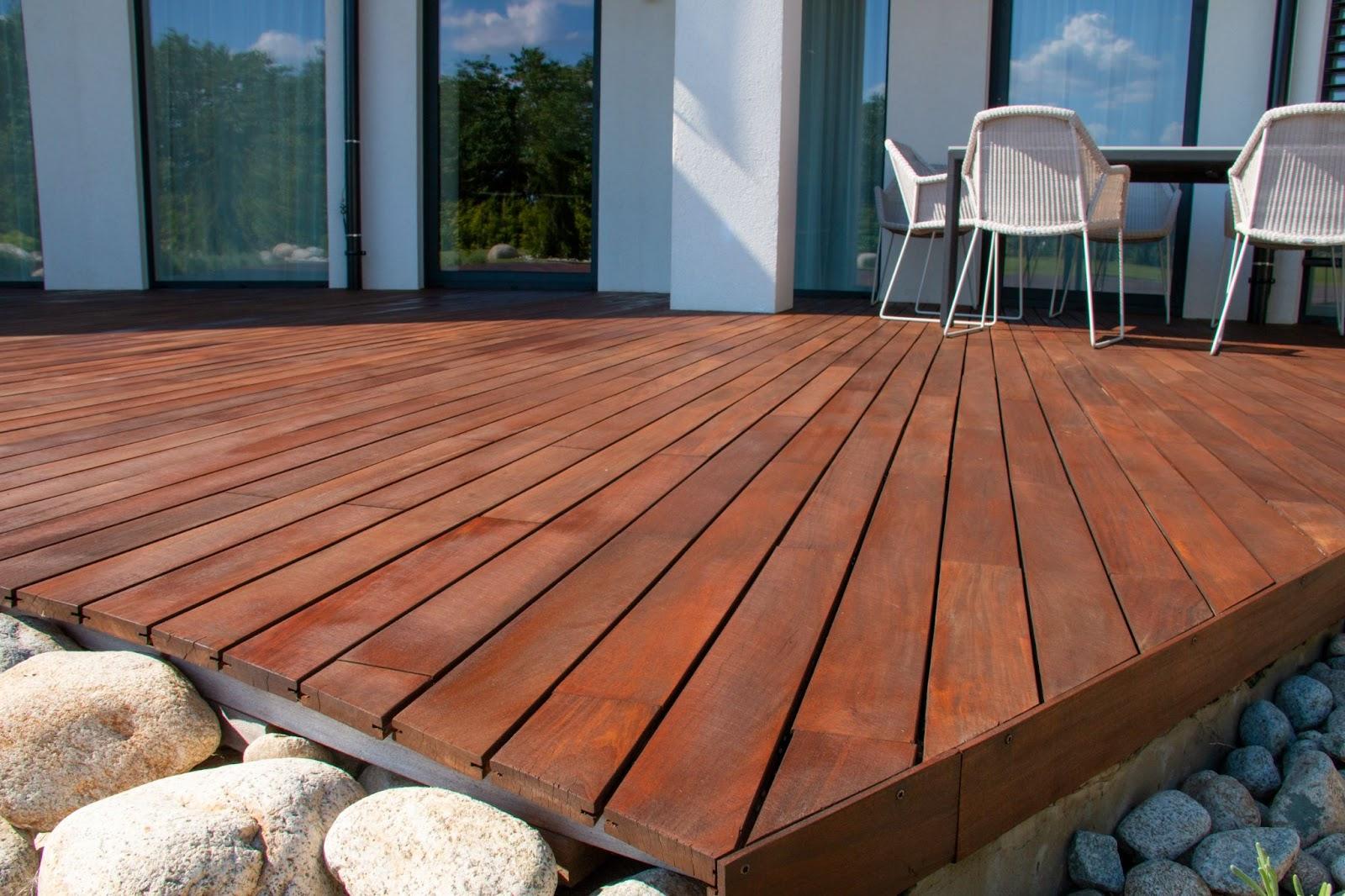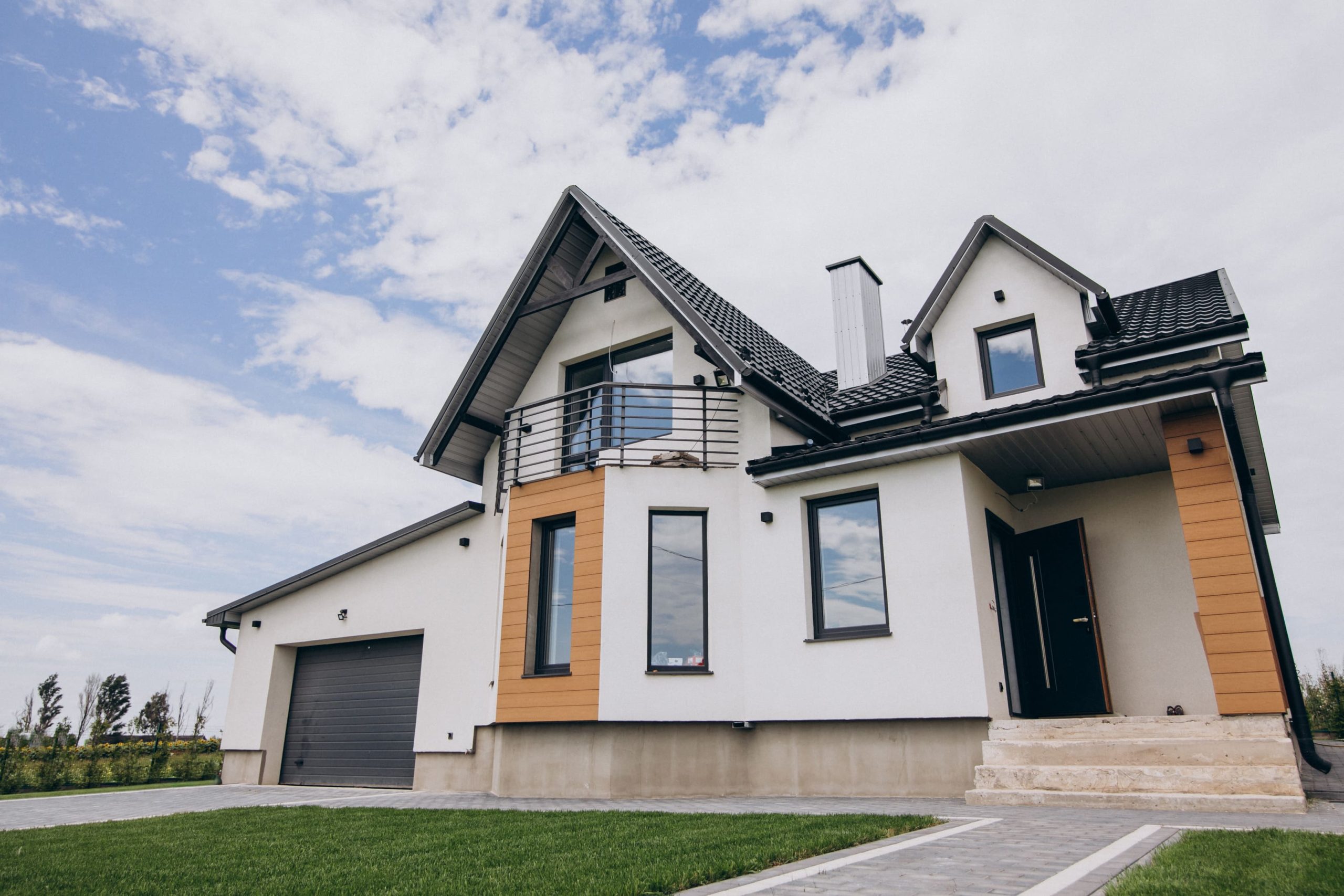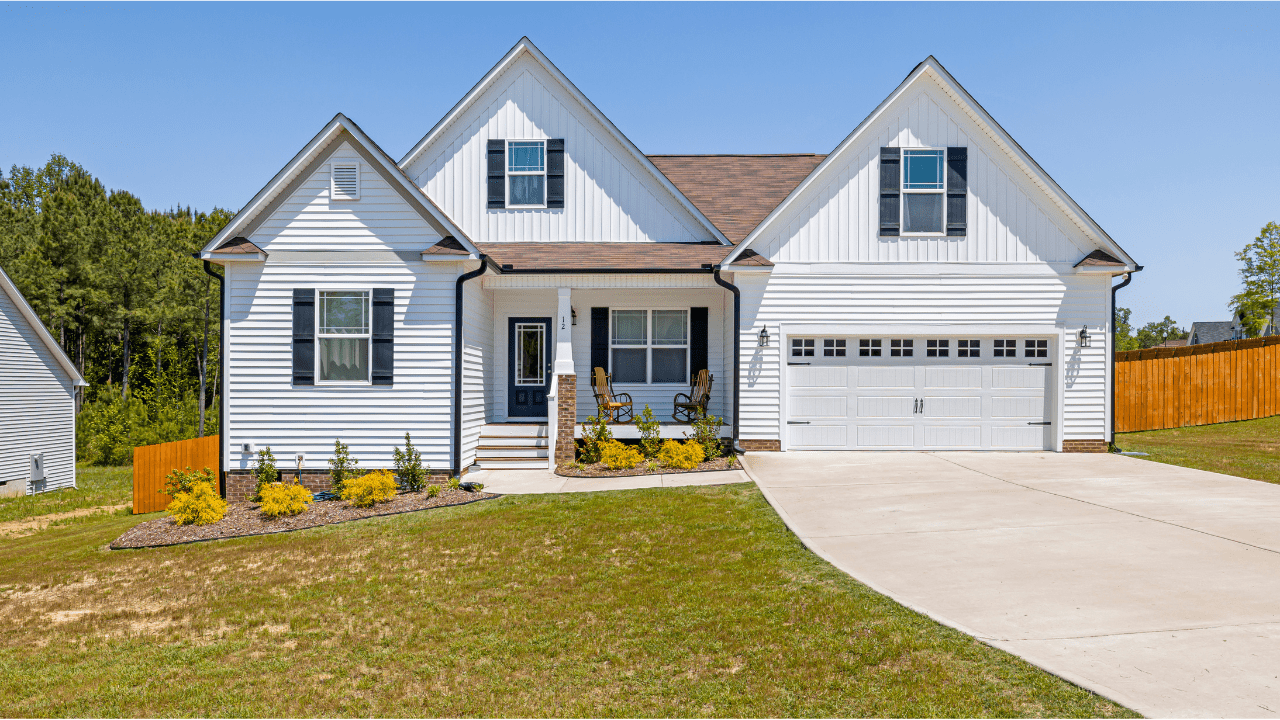Adding a deck to your home can make outdoor living more enjoyable and increase the value of your property. When you learn how to build a deck with tips from the pros, you can save plenty of money going the DIY route. It’s easy to find building plans, tips and tricks, and handy deck materials calculators to start building your deck.
Before you begin your project, save yourself a few headaches and dollars by planning ahead to ensure you get off on the right foot. Building a deck isn’t a complicated process. However, specific steps will ensure your deck is safe, up to standards, and an outdoor area you can enjoy for years.
Deck Building Phase 1: Rules and Regulations
Just because you’re doing the work doesn’t mean you get to skip the rules and regulations the pros must follow. And that’s a good thing! A permit will ensure your deck meets local building and zoning codes so it can pass inspection. More importantly, following the rules and regulations ensures safety during the build and after for you and your family.
Permits for Deck Building
Many DIY projects like building a fence, putting up a storage shed, and deck building require a permit. Your city or county regulations will vary depending on where you live, but most decks over 30 inches above grade require a permit. If you build a deck lower than 30 inches, the rules can vary even more by municipality.
Many cities and counties defer to the International Residential Code (IRC), which exempts decks below 30 inches from permitting. According to the IRC, low-level decks can be exempt from permitting if the deck is less than 200 square feet, unattached, and doesn’t serve a required exit.
Deck Location
Unless you want your investment of time and money to go to waste, following local regulations regarding setbacks, easements, variances, and other location-specific criteria is essential. How you build your deck and the materials you use must meet specific codes, but where you build must also follow a few rules.
The last thing you want to do is follow all the rules and build a safe and beautiful deck, only to learn you must move it! Like deck building codes, every local government enforces specific regulations for the placement of new construction. Before you decide on a location for your deck, consult with your local building department. They can fill you in on covenants affecting your choice of materials, build size, and location.
Deck Building Codes
Local and international building codes define the standards for materials, construction, and much more, from decks to entire homes. While some codes and regulations may seem overkill at first glance, consider the alternative. The Consumer Product Safety Commission reports that the collapse of decks and balconies led to almost 3,000 injuries from 2016 to 2019. Many of those collapses could have been prevented if the construction had followed the proper building codes. Get your permit, follow the code, and ensure your deck will pass inspection. Following the rules will ensure your deck is safe and enjoyable season after season.
Deck Building Phase 2: Materials and Design
Permit? Check. Codes? Check. Picked your location? Check. Now it’s time to decide which materials to use and how your deck will be laid out. Your local building codes will influence your choices, but you still have plenty of flexibility.
Deck Building Plans
No matter which building materials you use for your new deck, you’ll find plenty of deck plans online. Look for deck plans outlining the steps for building a deck and a materials or cut list. Some will include the cost of materials and even pro tips that can save you work and money.
Decking Materials
Most decks are built with wood or composite materials, and each material has its pluses and minuses. The beauty of a wood deck is undeniable. You get a one-of-a-kind look, materials that are easy to work with, and a deck that will enhance your home. Wooden decks are often the most affordable, whether you choose pressure-treated wood, cedar, or other wood material. Composite deck materials have come a long way, and many designs can look very similar to natural wood. A composite deck is typically more expensive than a wooden deck, but the payoff is extended longevity and easier maintenance.
Floating or Attached?
Whether you build a floating or attached deck, safety is paramount. An attached deck will typically require a permit and must be built according to local building codes. A floating or ground-level deck will be subject to far fewer building codes than an attached deck. Unattached, ground-level decks are popular with DIYers because they can be built on concrete piers instead of sunken posts and footers. The cost of a floating deck will usually be less expensive than an attached deck and easier to build.
As long as you do your homework and follow the proper build procedures, you can build a safe and long-lasting deck. According to This Old House, building a deck is pretty straightforward and affordable. The hardest part is digging and building your piers, but building the frame and installing decking is far more manageable. Expect to spend up to $1,000 for a 10 by 15-foot deck built with pressure-treated lumber and plan on about a week for construction.




